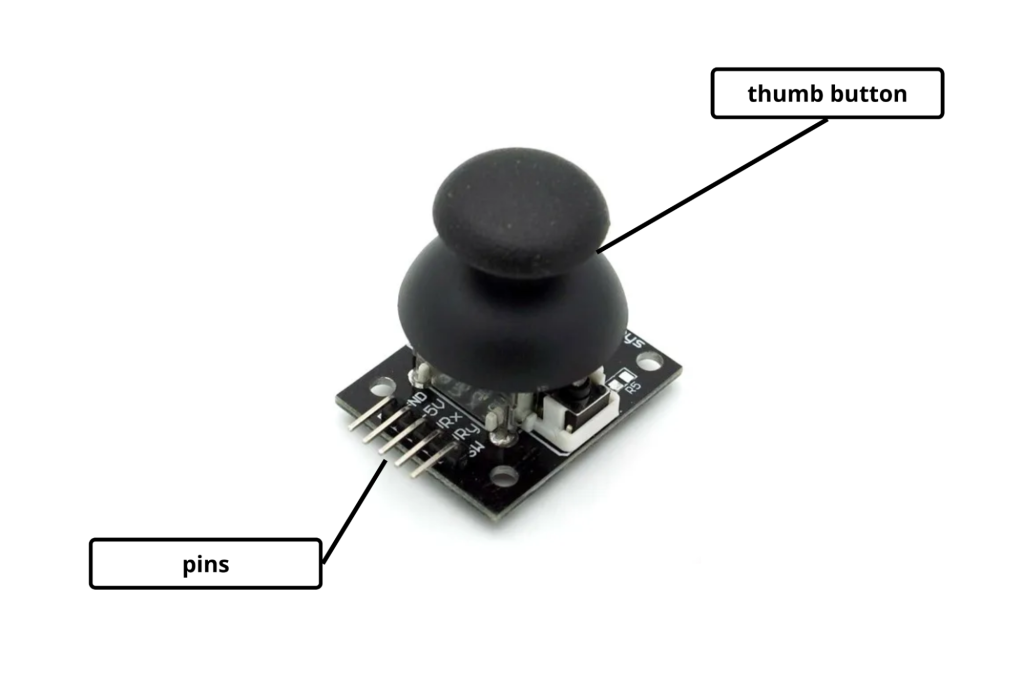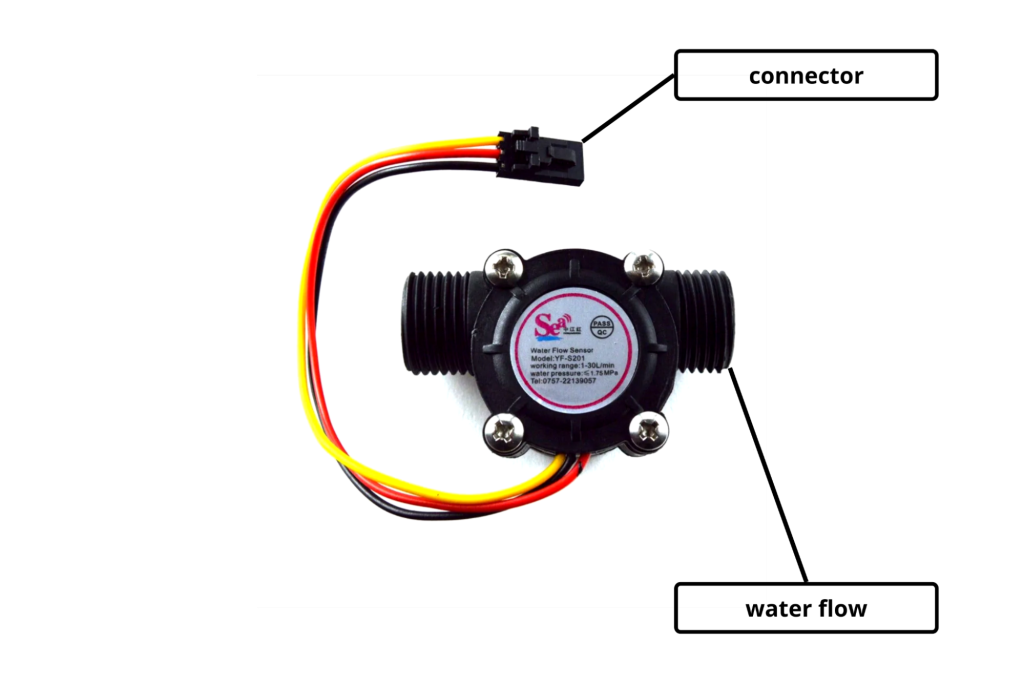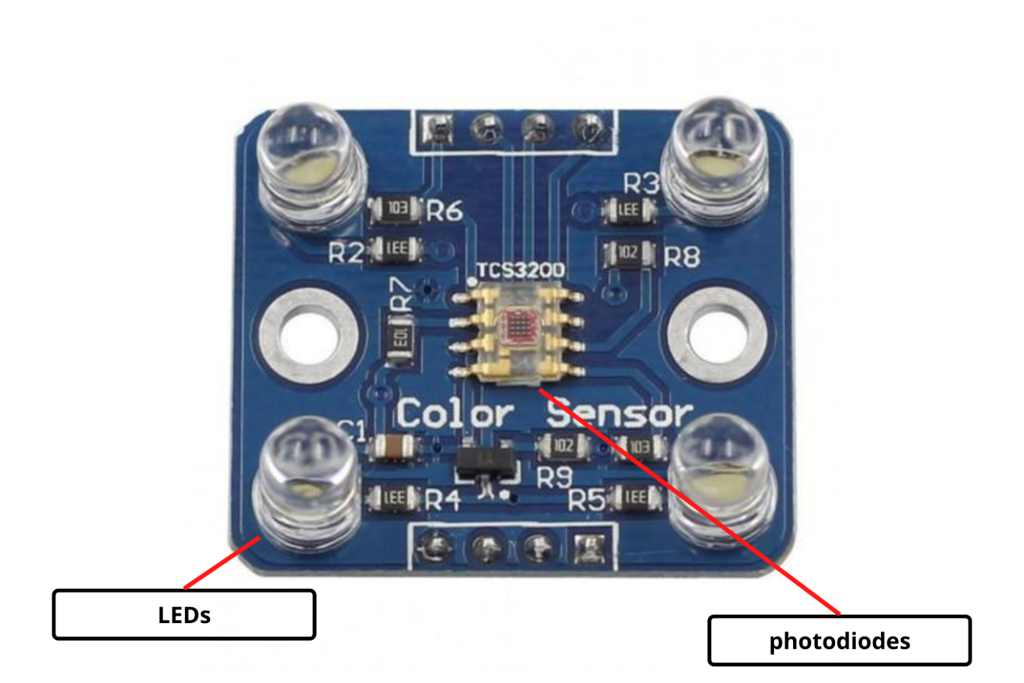
PIR sensors allow you to sense motion & to detect whether a human has moved in or out of the sensor’s range. They are small, inexpensive, low-power, easy to use and don’t wear out. PIRs are basically made of a pyroelectric sensor, which can detect levels of infrared radiation. PIR sensors use a pair of pyroelectric sensors to detect heat energy in the surrounding environment. These two sensors sit beside each other, and when the signal differential between the two sensors changes (if a person enters the room, for example), the sensor will engage. That may mean it triggers an alarm, notifies authorities, or maybe turns on a floodlight. IR radiation focuses on each of the two pyroelectric sensors using a series of lenses constructed as the sensor’s housing. The detection range is generally between 5 meters and 12 meters.
How to use
Tutorial –
https://www.tutorialspoint.com/arduino/arduino_pir_sensor.htm
Common Applications
1. Lighting Controls.
2. Thermostats And HVAC Systems.
3. Smart Home And IoT.
4. IP Cameras And Surveillance Systems.
Some example projects that students can try out in the ATL Lab
1. Make a LED buzzer system using PIR motion detector module ()
https://youtu.be/odvXvw9lc3o
2. Advanced Home Security System using PIR Sensor, Arduino and GSM Module –
https://studytronics.weebly.com/projects/advanced-home-security-system-using-arduino
Safety Measures to follow
1. The module contains delicate parts so it should be handled with care
2. The module should be properly calibrated before use
Important Links
1. How PIR sensor works –
https://www.youtube.com/watch?v=6Fdrr_1guok
2. More about PIR sensor –
https://lastminuteengineers.com/pir-sensor-arduino-tutorial/


